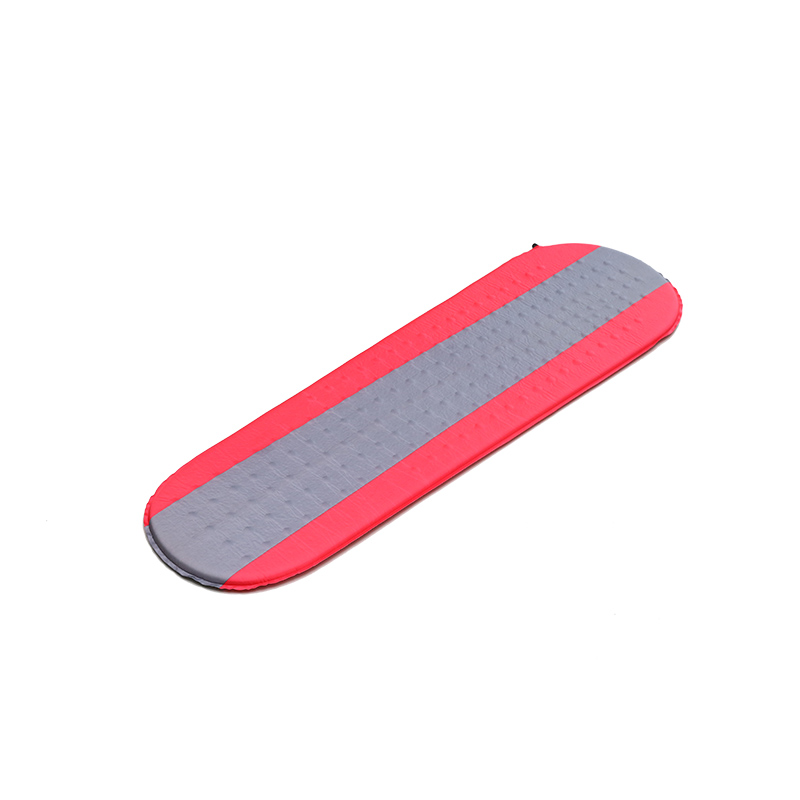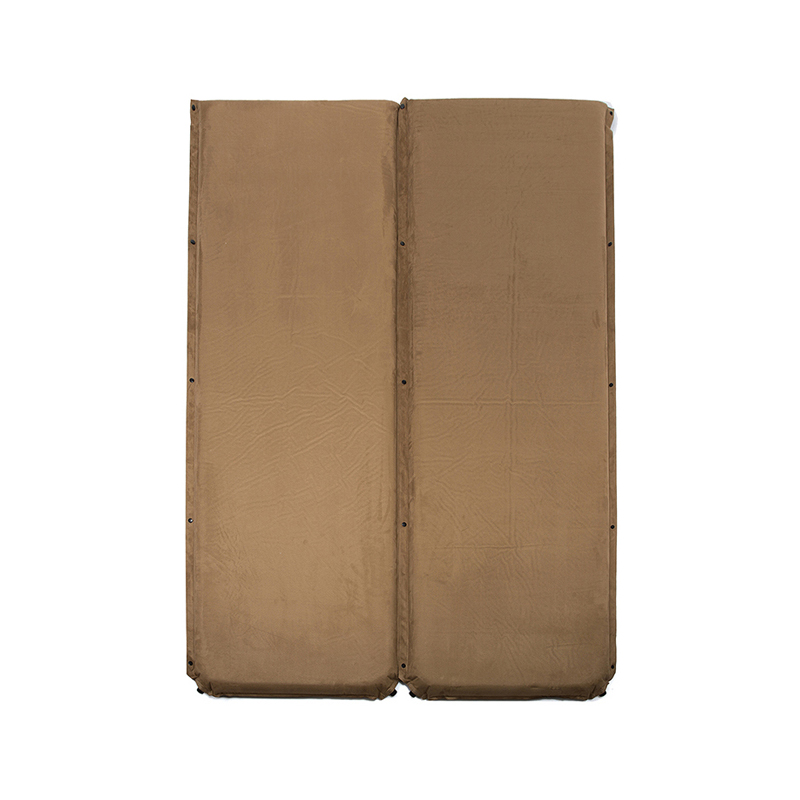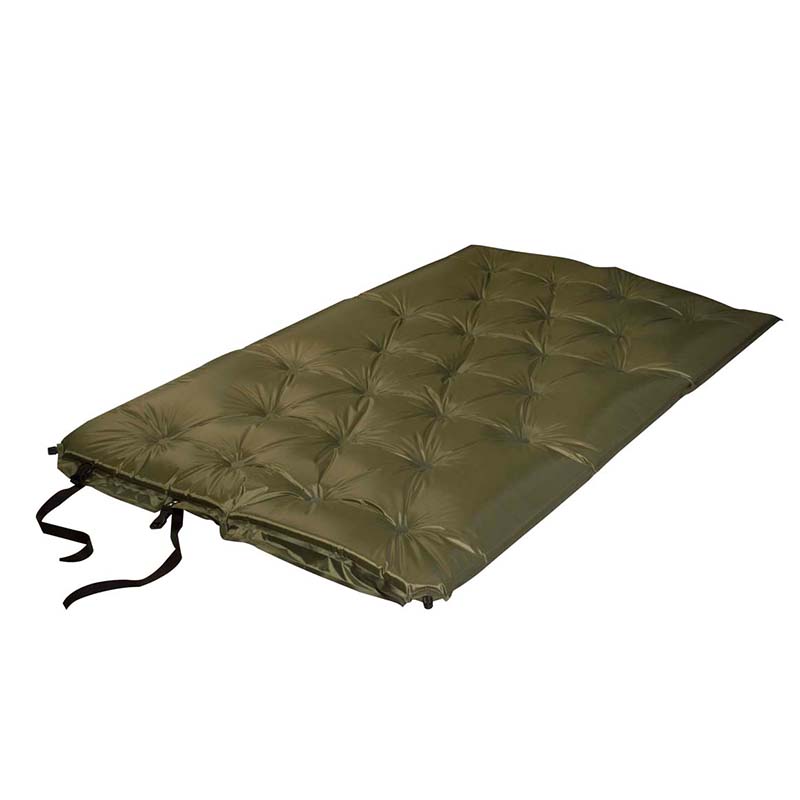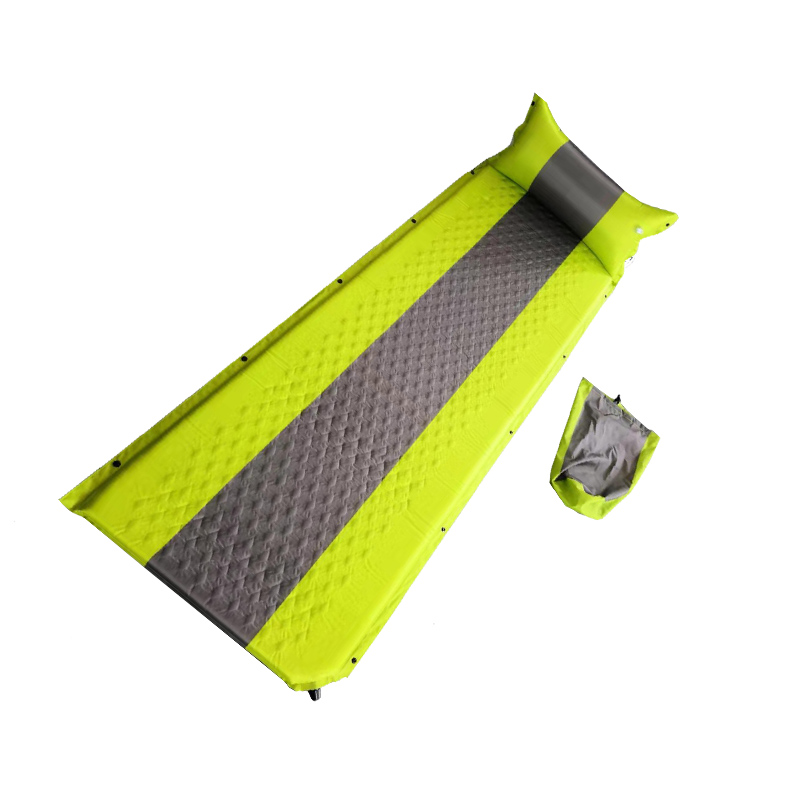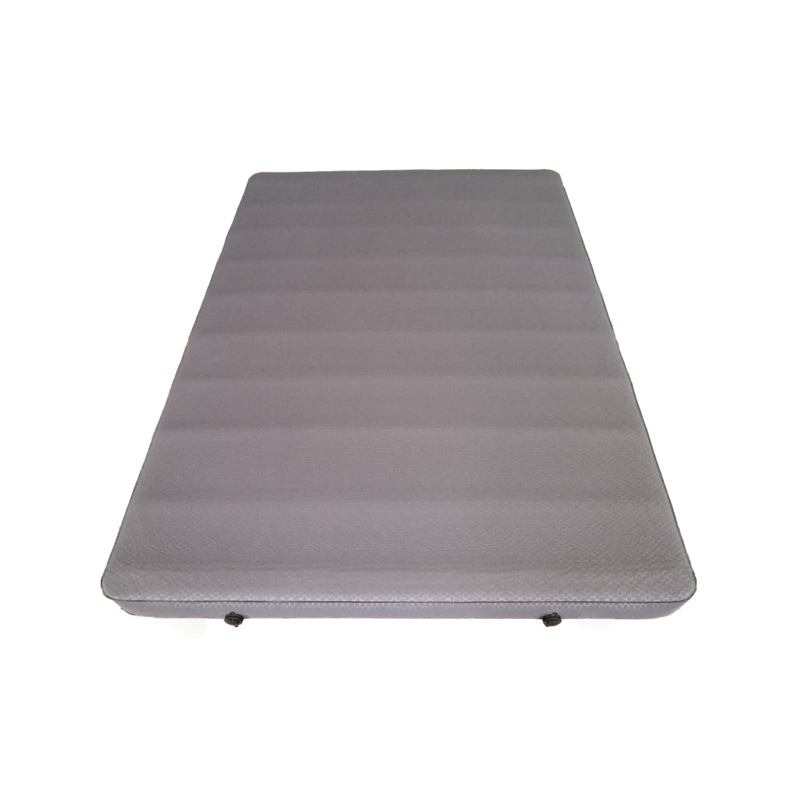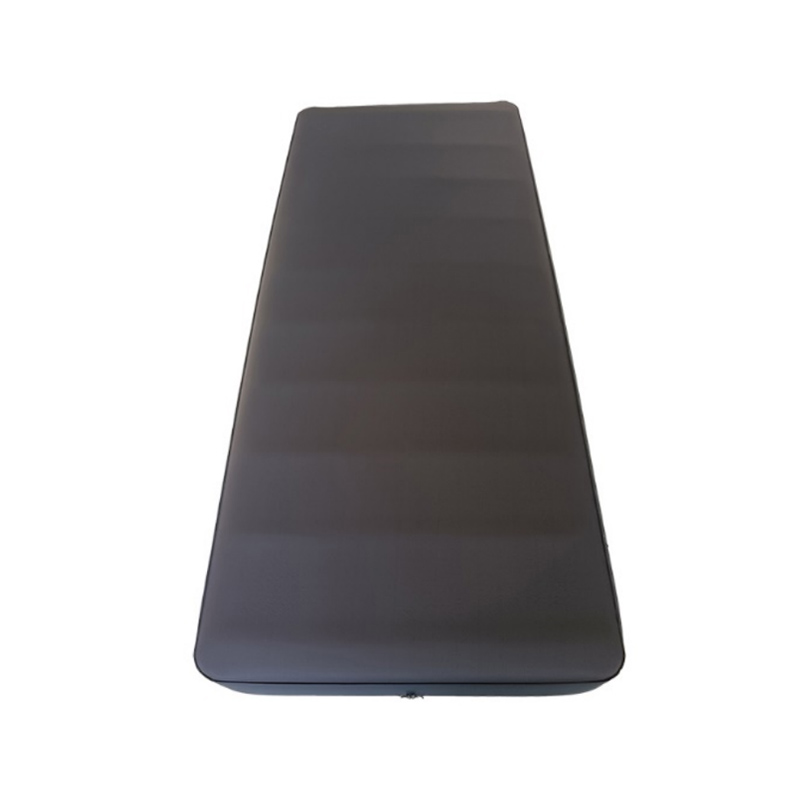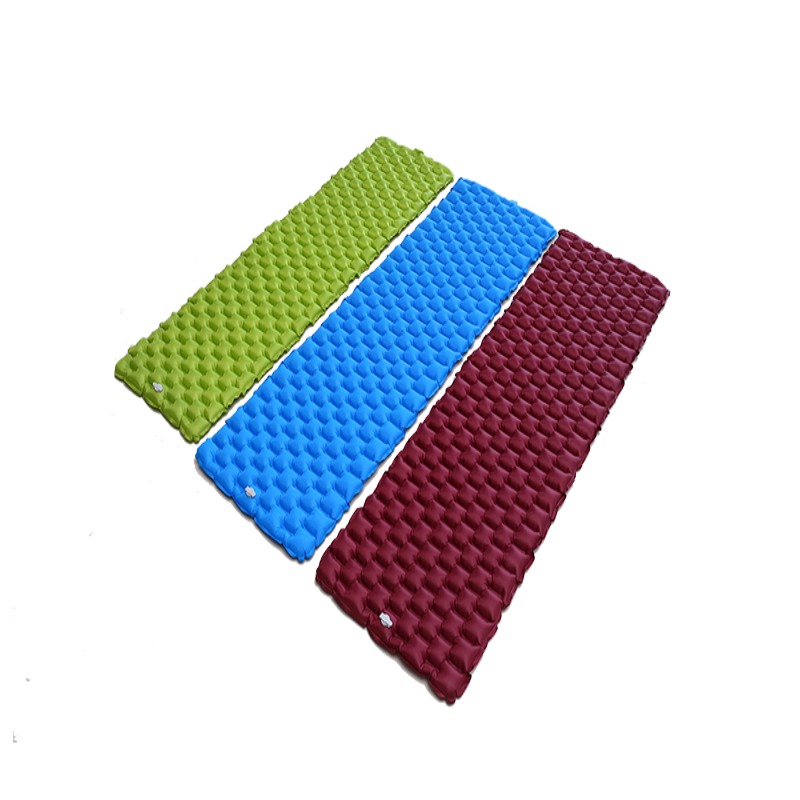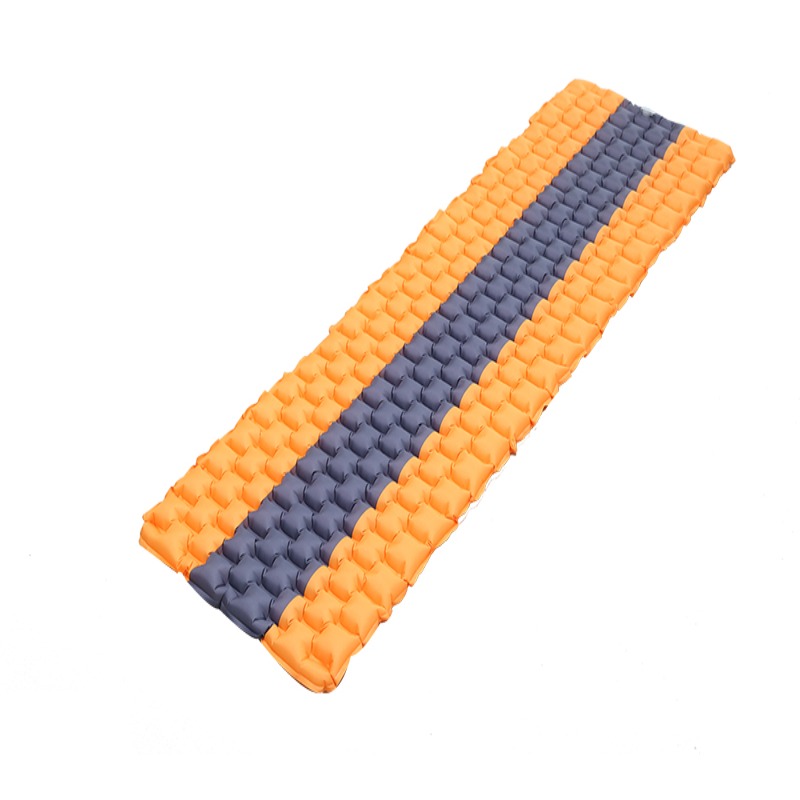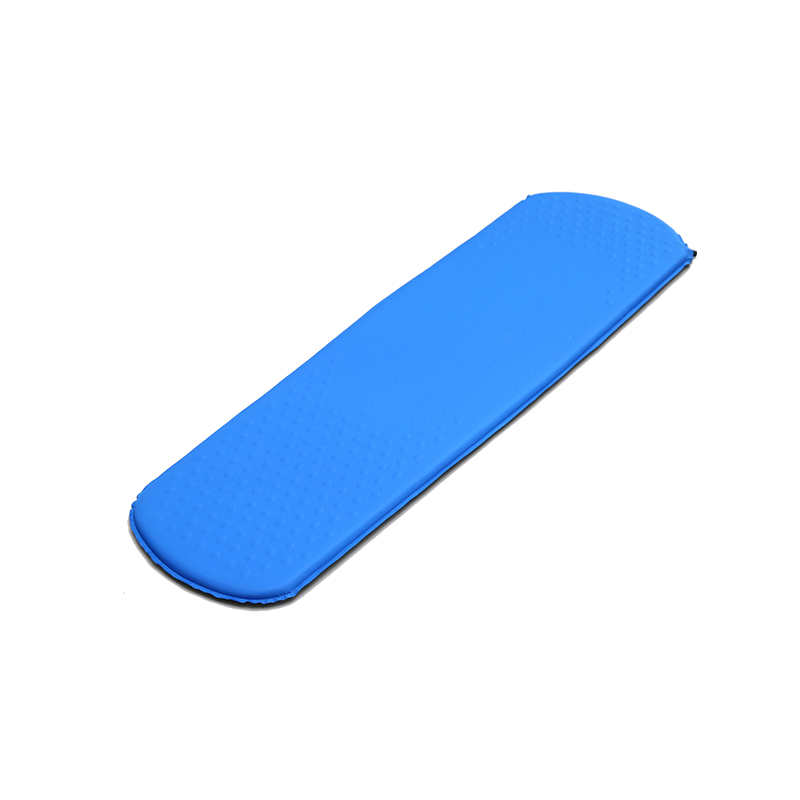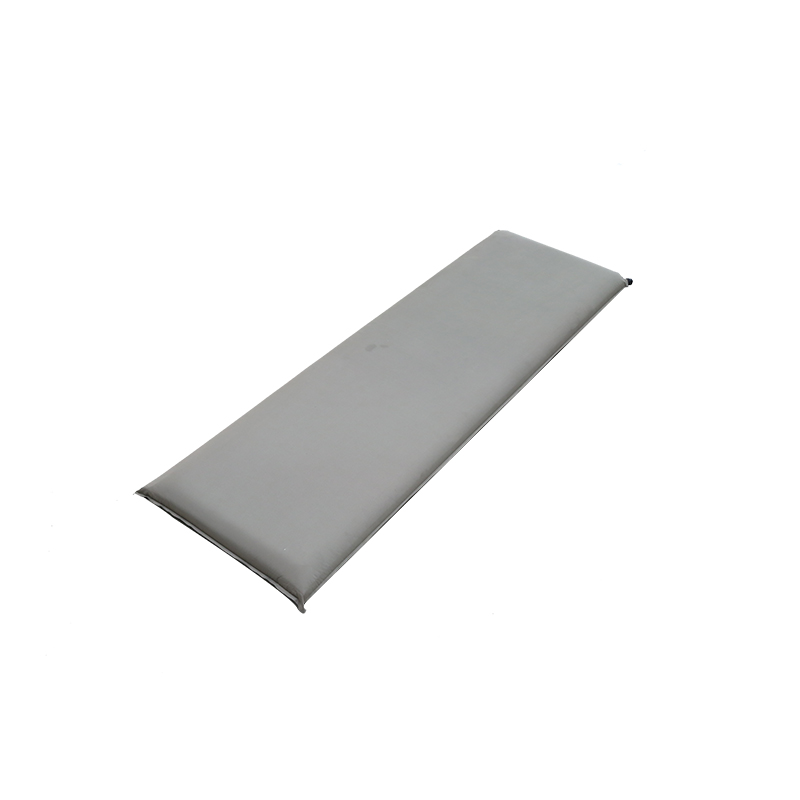Learn about the three basic types of pads and their performance-air, self inflating mats and closed cell foam. Intended use: Decide what kind of activity your mat is used for-backpacking, camping, winter camping, etc. Features: Decide which functions are most important to you-weight, cushion, size, insulation. Try it yourself: To make a final decision, please try to visit your local REI and test a few different pads. Be sure to lie on your back or side, just like you usually sleep, and try to roll on the mat. This will make you feel comfortable, and you can easily assess the weight and packaging dimensions.
Types of sleeping pads
air cushion
The air cushion is lighter than ever and is ideal for backpacking. Most air cushions now contain insulating materials or reflective materials to increase warmth. You need to inflate them, usually your breath (most can inflate in 3 minutes or less). However, some models are equipped with built-in manual pumps, and some brands offer portable hand-held external pumps that are usually sold separately.
Advantages: The air cushion is very comfortable and lightweight, making it the most compact cushion when packing. Most are designed for backpacking or camping under warm conditions (approximately 3 R value), while others are designed for extra insulation for all seasons. When you lie in bed, you can customize the firmness of the mattress by releasing some air from the valve.
Disadvantages: Air cushions are often lighter and more compact. They can be punctured or torn (this is most common when sharing tents with dogs), but on-site repairs are not difficult. If the outside temperature fluctuates, the air cushion will feel as if it is losing air, so try to blow them up before going to bed. Although rare, the moisture in your breath may be trapped inside, causing freezing problems in winter or mold problems in summer. (The use of a hand pump helps prevent the accumulation of moisture.)
Self-inflating cushion
Self-inflating cushions provide a combination of open-cell foam insulation and air. Open the valve of the pad and the air automatically fills the chamber. Some are specially designed for backpacks, which can be folded vertically and rolled up to be placed in the backpack. Other designs are used for car camping and can be rolled up without folding. This category selects the warmest, widest and (except closed-cell foam pads) cheapest pads.
Advantages: They are comfortable and compact, with excellent thermal insulation, and you can adjust their robustness by adding or releasing air. They are made of stronger fabrics than many air cushions, so they are ideal for children. They don't think they lost air at night.
Disadvantages: They are heavier and more expensive than simple foam cushions, and not as compact as air cushions. Although on-site repairs are not difficult, they may be punctured or torn.
Closed cell foam pad
These basic backpack pads are made of dense foam, filled with tiny closed bubbles. They are usually rolled or folded into a Z shape.
Advantages: They are lightweight, inexpensive, durable, and have good insulation. You don't need to worry about punctures or leaks. These are the only cushions that can be placed on the outside of the package without worrying about damage. They can also double the cushions in the camp.
Disadvantages: They are not very comfortable. They are relatively stiff and strong, so they tend to be bulky

 简体中文
简体中文 English
English 日本語
日本語 Español
Español Deutsch
Deutsch